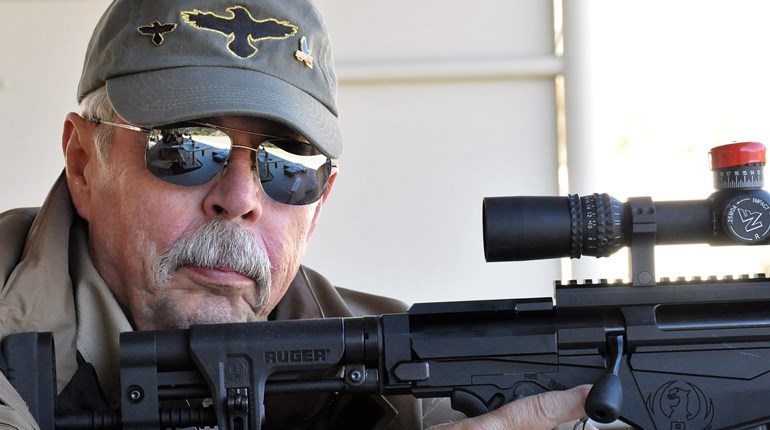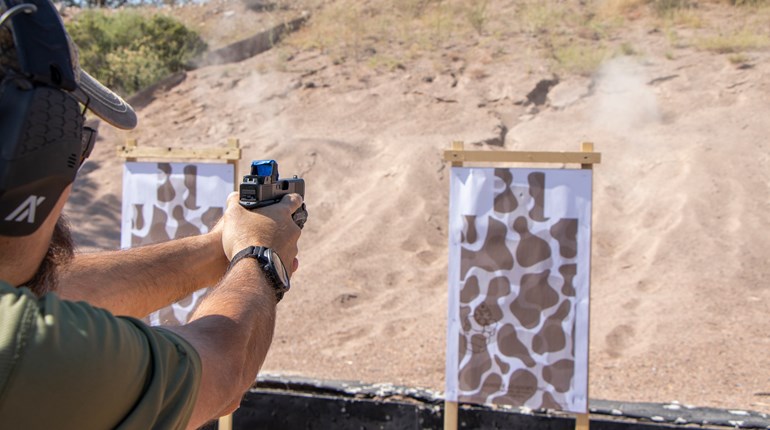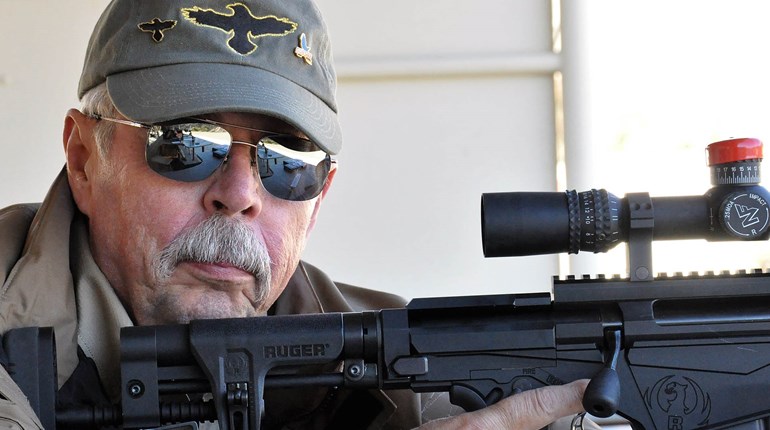
One of the core principles of defensive-handgun shooting suggests it’s always best to fire two shots to the center of mass. Usually referred to as the Standard Response (SR), there are some very good reasons for preaching this solution to a deadly-force encounter. Handgun bullets are notoriously poor at stopping deadly threats. If our objective is to stop the bad guy from continuing to do whatever it was that compelled us to shoot, it’s generally better to fire more than one round so as to have a better chance of getting the aggressor to stop. Why do we teach shooting the center of mass? Simply because it’s the biggest target and we will be more successful in disrupting the bad guy’s evil intent if we can get a couple of quick hits by aiming at the largest target.
The Standard Response (SR) is a very good idea, but there may be occasions when something else is required. These may include multiple assailants or aggressors who don’t stop right away—even after being shot a couple of times. In these cases the Non-Standard Response (NSR) is called for, or, as I like to describe it, shoot them until they go away. For training purposes, it’s important to avoid getting locked into one response or the other. So, I suggest you break up your training with both SRs and NSRs.
If you have access to a turning-target system, you can face the targets for random times and shoot them until they turn away. During which, you might have time to fire one, three or six shots or more, depending upon how long the target faces you. Another variation is to shoot two or three targets each time they turn—those being the target next to or on either side of your target. For example, on three targets, you may want to try shooting one round on each of the first two targets and two to the third (one, one, two). You can practice these drills with a partner if you don’t have a turning-target system. Set up one to three targets and have your training partner call out the number of rounds to fire. “Three” could indicate the need for three shots on one target while “Two, two, two” would call for two shots each on all three targets.
As always, start slowly and carefully and speed will follow. When I run these drills, I usually start off by having the shooters come to a low-ready (muzzle down, two hands on the pistol) starting position and don’t allow them to holster until told to do so. I do this because people can get a little excited sometimes and, without thinking, may quickly holster in an unsafe manner. Remember: speed holstering is evil—don’t do it! After the shooters are accustomed to the drill, it’s OK to let them work from the holster and re-holster on their own, but only after making their firearm “safe” before holstering slowly and carefully.
While the Standard Response is a solid one it’s an even better idea to mix up your training regimen by adding non-standard responses to your defensive toolbox.



































